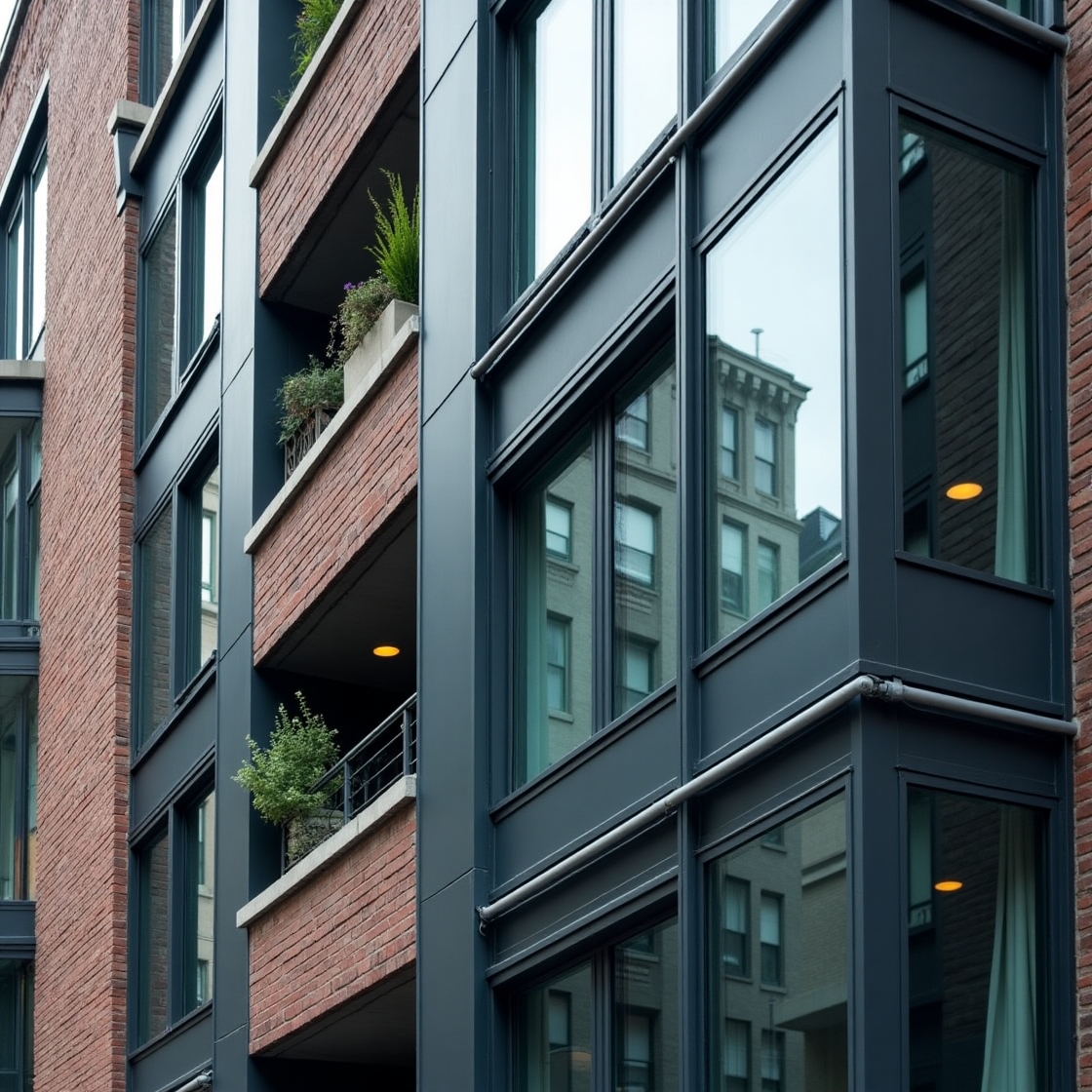
Many old buildings built in the 70s and 80s often come with galvanized metal pipes. Although sturdy, this material is prone to lead that can be hazardous to any occupants’ health and safety. On top of that, galvanized metal can likely rust. Pipe corrosion is not something to take lightly. It brings long-term and irreversible effects to your property.
Presently, many engineers began installing copper pipes to prevent these issues. It has been a common misconception that copper pipes cannot corrode over time. Although it is more resistant to corrosion than galvanized metal, steel, or iron, copper pipes can still leak. Copper pipes can corrode due to various reasons, but one of the most common is the presence of oxidizing acids. When heavy metal salts, sulfur, and ammonia, come into contact with pipes, it jeopardizes the pipes’ integrity. Additionally, copper pipes can easily rust when in contact with chemicals, including chloride, hypochlorite, and bromide ions. This corrosion may result in small pits on the lines, which cannot be detected right away.
Since pipe leaks are often difficult to spot, professionals often resort to augmenting a protective barrier on the pipes. Epoxy lining is an effective solution which serves as a coating against corrosive chemicals. It goes out on a non-pressurized pipe system for an added layer of protection. When dealing with pitting corrosion, plumbers conduct cleaning measures before incorporating the epoxy resin to make sure it works.
Issues with Using pH Neutralization Systems for Stopping Pipe Corrosion
Elements found in water can be corrosive to some extent. However, these are the defining factors that lead to pipe corrosions and health hazards:
- Water that reaches a pH value lower than 7
- Lower alkalinity
- Increased temperature
- A high overall total of dissolved solids, which is measurable through specific conductivity
When you have noticed that your water from your building’s plumbing experienced these, it is a clear sign of the need for commercial pipe repair. The worst-case scenario if you delay the repair would be the need for commercial pipe replacement. All pipes will eventually undergo the usual wear and tear, but corrosive waters can rapidly damage your line.
For this reason, numerous organizations utilize pH neutralization systems to stop pipe corrosion. This solution has worked reliably across manufacturing facilities, research laboratories, food processing, bottling plants, and schools. Neutralizing pH levels help them regulate the dangerous effects of higher pH value. It is also a more inexpensive system that can handle multiple low flow waste streams. Apart from eliminating health hazards, they can avoid hefty fines and damages to the environment.
Even with all these benefits, you should not use pH neutralization systems as it can cause more serious issues including:
- The system is a one-way pH, which indicates that it is unable to manage high pH streams.
- pH neutralization systems cannot manage concentrated waste dumps. It has tendencies to generate bacteria and foul odor.
- Maintenance of the system is costly, which often requires a system shutdown. The result is shutting down the system for even minimal issues. Such a tactic halts operations until the repair gets completed.
How Epoxy Lining Provides a More Long-Term Solution
Epoxy pipe lining technologies, such as CuraFlo are the most viable solution for all your piping needs. Opting for epoxy piper repairs can restore your piping systems at a significantly low cost. It is safe considering that it is the only non-intrusive way to restore water flow. You can repair and maintain the system quickly, without tearing out walls or excavating. Epoxy pipe lining delivers more benefits and a simpler solution than repiping.
Promotes Safety
The first thing that people look for in a property is convenient access to clean and safe drinking water. With the aging municipal water systems and plumbing technologies, pipe corrosion raises a concern. In Steamboat Springs, CA alone, there have been toxic levels of lead detected in its drinking water.
Worn out, damaged, and corroded galvanized metal pipes can affect your drinking water altogether. These damages can leach all kinds of harmful chemicals that are toxic to consume. The most effective solution to this dilemma is epoxy pipelining. It creates a layer of coating on your water lines to reduce harmful chemicals from seeping in. Commercial copper pipe repair using epoxy resin can also seal the leaks smoothly. Not only can you resolve your corroded pipes but also prevent future leaks. Therefore, draining your pipes with an epoxy liner allows you to restore your pipe’s durability and extend its lifespan.
If you are considering incorporating epoxy lining on your pipes, it is imperative to determine its safety. Epoxy resins are incredibly safe, undergoing a series of tests before use in drain lines and plumbing systems.
Cost-effective
Instead of commercial pipe replacement, epoxy pipelining requires a lesser amount of money to achieve. Residential and commercial properties can save up to 75% in comparison to replacing their worn-out pipes. Installation is easy, so the cost of labor is significantly lower leading to this major cost savings.
More importantly, you get the value of your money since epoxy pipe lining can extend the lifetime of a pipe for decades past the life expectancy of unlined pipes! Epoxy lining plumbing systems can protect your pipes from leakage, further damages, and clogging.
Provides Viable Piping Solutions
Epoxy pipe repair provides the most viable solution that can help you prevent piping issues in the future. Epoxy resin provides a barrier that pressurizes your pipe system. Epoxy pipe lining can withstand corrosive elements, toxic chemicals, and more.
In summation, the epoxy lining can eliminate your property losses, downtime losses, and budget cuts. Epoxy pipe lining technology not only solves the current corrosion but prevents future corrosion and other issues. With that in mind, residential and commercial industries don’t have to worry about the consequences of the plumbing systems’ potentially harmful side effects over time.
